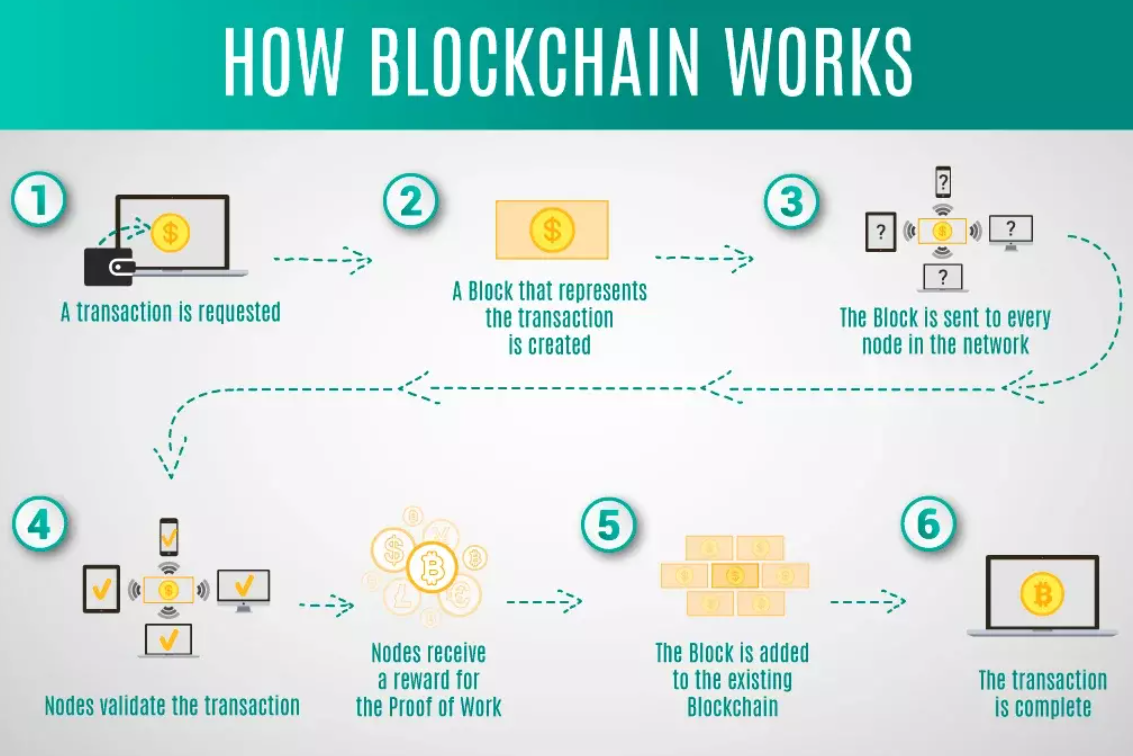Understand What Cryptocurrency Is
Clear, simple, and practical — learn the basics of cryptocurrency, how transactions work, and how to get started safely.

What is Cryptocurrency?
Put simply, cryptocurrency is a form of digital money secured by cryptography. It exists only online and uses a technology called blockchain to record transactions. Unlike bank money, most cryptocurrencies are decentralized, meaning no single authority controls them. Popular examples include Bitcoin and Ethereum.
How Cryptocurrency Works
When you send cryptocurrency, the network bundles your transaction with others into a block. Network participants (called miners or validators) verify the block using consensus rules. Once verified, the system links the new block to the existing chain — creating a permanent, tamper-resistant record. This is why blockchain enables secure peer-to-peer transfers without a middleman.
Transactions, Wallets and Keys
To hold crypto, you use a wallet. Wallets store private keys — long codes that prove ownership. When you send coins, your private key signs the transaction. Never share your private key and consider a hardware wallet (like Ledger or Trezor) for larger holdings.
Why People Use Cryptocurrency
People buy crypto for different reasons: as an investment, for fast cross-border payments, or to access decentralized finance (DeFi) apps. However, cryptocurrencies can be volatile, so research and risk management matter.
How to Learn More and Start Safely
First, understand what cryptocurrency is conceptually, then practice with a small amount. Use trusted resources like Investopedia for basics and CoinMarketCap or CoinGecko for market data. When ready to buy, choose a reputable exchange (e.g., Coinbase, Binance, Kraken) and move long-term holdings to a private wallet.
Quick Safety Checklist
- Use two-factor authentication (2FA) on exchanges.
- Keep private keys offline for long-term storage.
- Start small and diversify — don’t chase hype.
- Verify links and sources before clicking or investing.